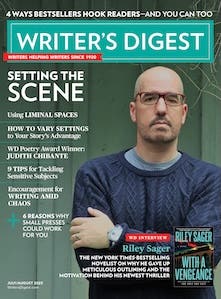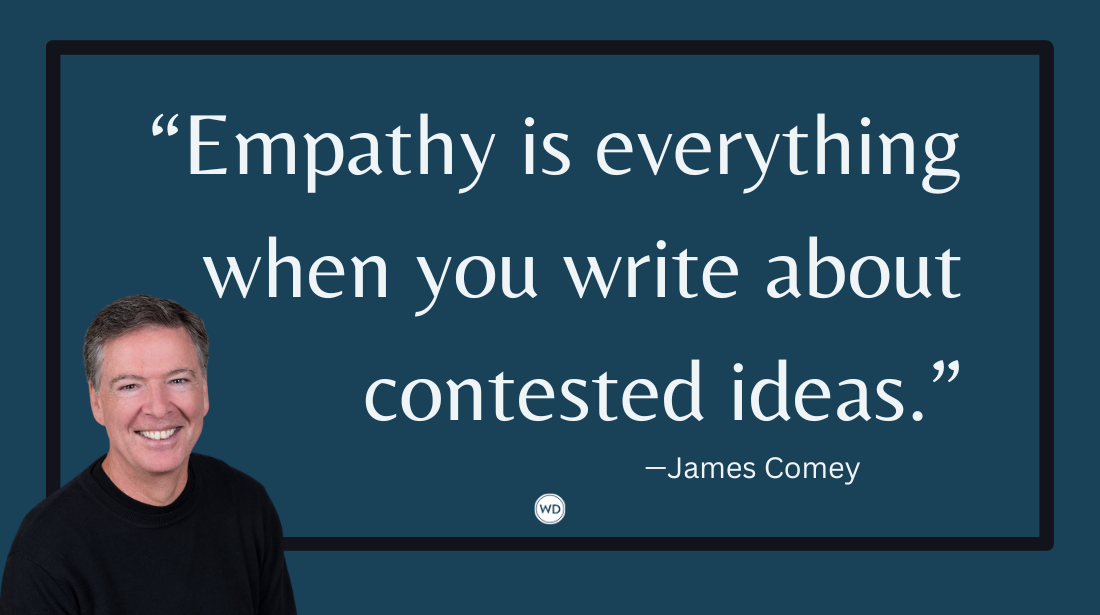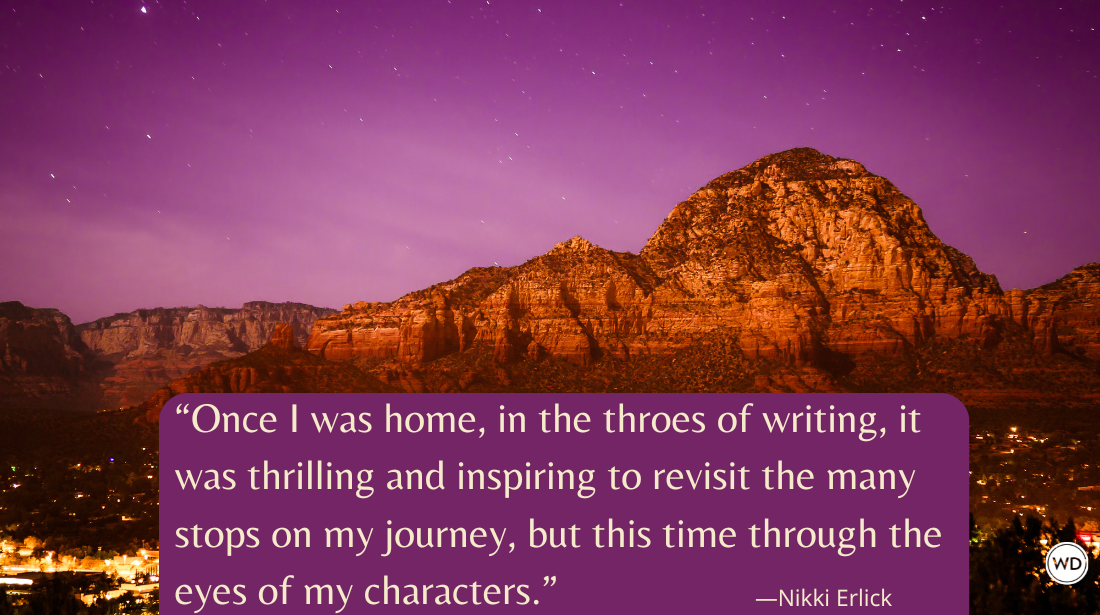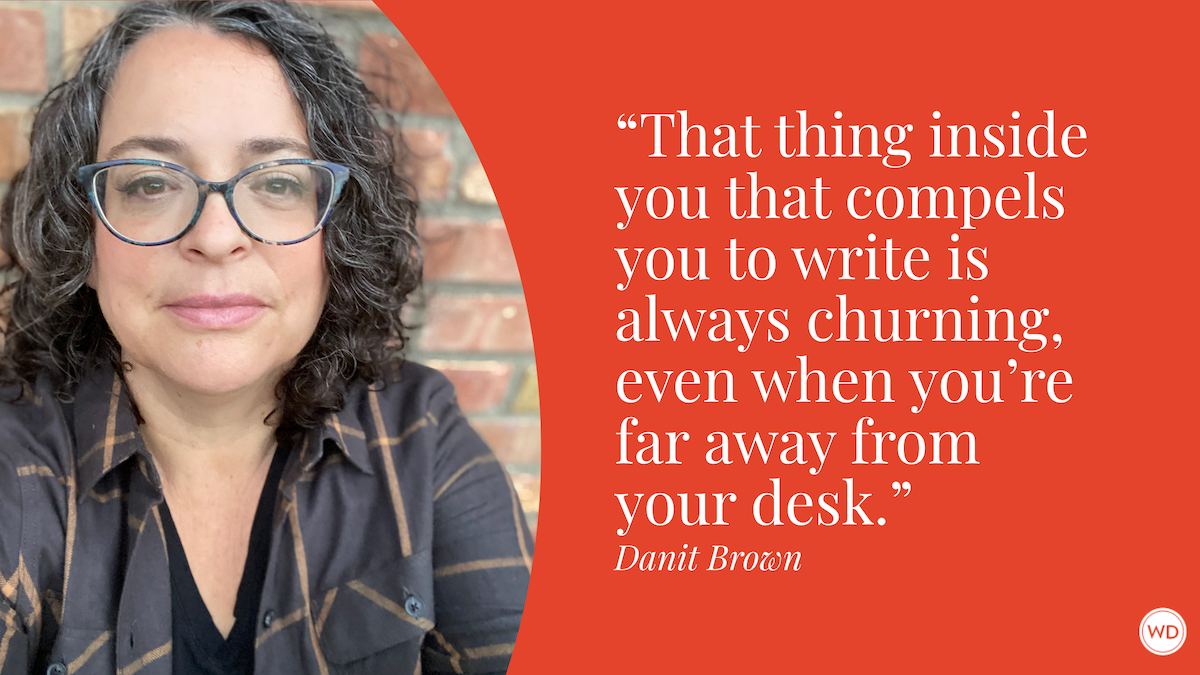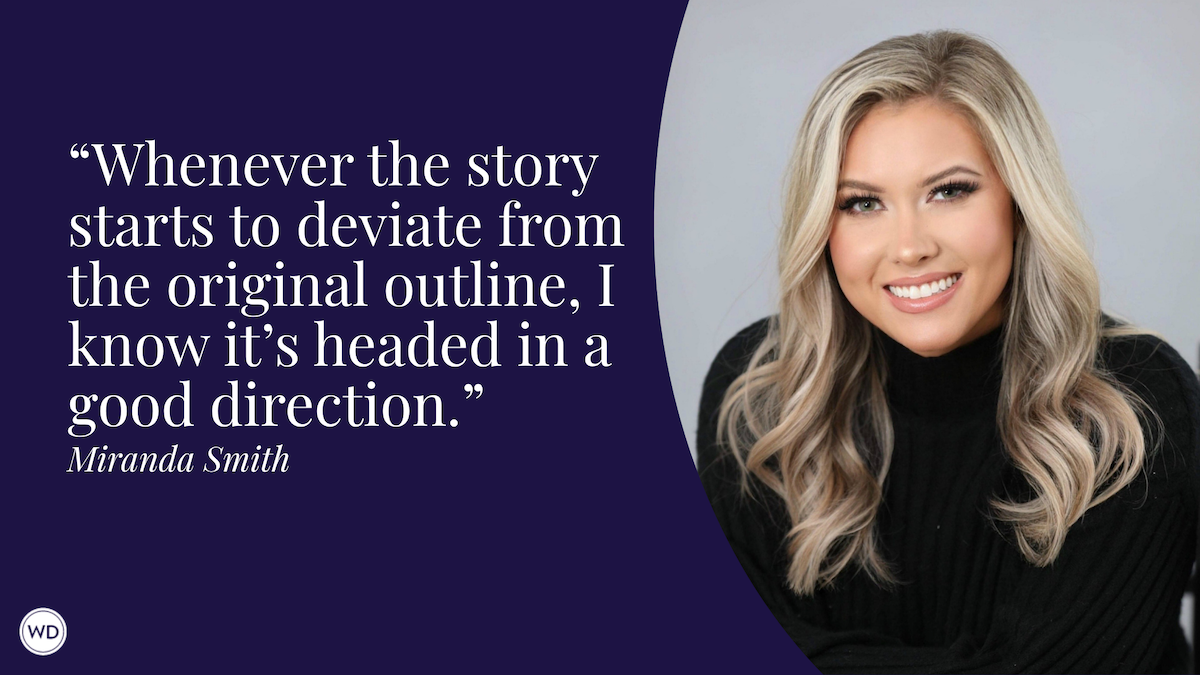Stuck in the Middle With You: How to Strengthen the Middle of Your Manuscript
Whether you call it the “murky middle,” “saggy middle,” “middle slump,” or something else entirely, book coach Lauren Reynolds shares how to strengthen the middle of your manuscript with six key tips and techniques.
Writing the middle section of a manuscript can be challenging for a variety of reasons. Maintaining story momentum, escalating conflict, and demonstrating character evolution are no easy feat when writing this section.
In fact, writing through the middle can be so challenging that authors, editors, and agents have coined terms for this dastardly phase. The ‘murky middle,’ ‘saggy middle,’ and ‘middle slump’ are just a few of the better-known terms that don’t require an R rating.
Whether you are completing your first draft or in the throes of revision, the good news is writing an excellent middle section is possible. The following tips and techniques will help strengthen your middle chapters and create a cohesive story from beginning to end.
Character Development
If you are stuck in the middle, this is a great time to temporarily set your manuscript aside and start homing in on your characters. Whether you believe your story is plot-driven or character-driven, it’s the characters who bring it to life.
As we write forward, our characters continue to grow and evolve so that by the time we finish the first draft, we know them better by the end than we did at the beginning. If you haven’t completed your first draft, take time now to do a deep dive with your characters.
Knowing your characters well will help inform you about their motivations, desires, goals, reactions, fears, and more.
Consider the following questions when thinking about your characters:
- How would others describe them?
- What is their worldview? Consider their values about money, class systems, politics, lifestyle, work, and religion.
- What are their positive and negative traits?
While you wouldn’t include all this character information in your story, knowing these aspects of your character helps you understand how they might react throughout various situations.
Some authors go as far as utilizing real-life assessments to help create holistic characters. The Myers-Briggs Personality Test and the Enneagram are two well-known assessments that provide a well-rounded view of your characters’ strengths and weaknesses.
Observe Other Artists' Middle Sections
When I was recently stuck in the middle of my story, I started watching a bunch of romance movies. Though I prefer reading romance stories over watching them, the visual aspect provided quick clarity. I took notes on what I liked, what worked, and what didn’t work.
Watching the middle of a story unfold helped demystify the middle section's goal—to escalate challenges/conflict and show the characters' growth as they learn, evolve, and change. Having concrete examples of what a good middle looks like will help you understand how to solidify your story’s conflicts and character growth.
If watching a bunch of movies in your genre doesn’t sound appealing, read within your genre.
Be careful not to spend too much time researching others’ work, as this can become procrastination in disguise that keeps you from completing your project.
It’s Never Too Late to Write an Outline
If you are familiar with my work, you know I love a good outline. The best outlines are malleable and intended to change. Did I just hear a sigh of relief from you pantsers out there?
An outline can be as simple as a sketch of where you intend the story to go or as detailed as a summary of each chapter. As you continue to write forward, outlines will change as the story and characters evolve. This is expected. When this happens, simply note these changes on your outline.
Why do this? When you arrive at the revision stage, your outline will provide an aerial view of your entire story. An outline highlights the main point of each chapter so you can determine if the character and narrative arc are progressing as they should. If you are familiar with Cliffs Notes, an outline serves a similar purpose during revision—a condensed version of your story.
I like to think of outlines as roadmaps. For example, let’s say you want to take a road trip through Colorado. You will have a couple of routes picked out, along with stops you want to make. This is what your original outline will look like when you start writing. You will have plot points you want to hit and ideas about how your character will evolve.
However, if you have ever taken a road trip, you know that sometimes the best stops are the ones you didn’t plan. Maybe you got lost in a small town and discovered the best coffee or chocolate chip cookie on earth.
Likewise, as you write forward and your story evolves, you will be flooded with fantastic ideas and different directions you want to explore. You will note these creative sparks on your outline and use them later during revision.
The outline prevents you from driving all over the country. It keeps you in the state of Colorado.
Keep on Writing Forward
This is a tough one. It’s hard being stuck in the middle and feeling like these chapters are less than stellar. However, if you keep writing forward, despite disliking your middle section, you may find the answers you need as you write and complete your third act.
It’s okay not to like what you have written. Consider these chapters as placeholders to revisit and improve during revision.
If you want to use the roadmap visual, this unloved middle section will include stops you made along your trip and circled in red. Upon revision, you will return to these stops and decide if more research is required in these areas, if more exploration needs to happen, or if you will substitute a better town you have discovered along your journey.
Writing and completing a first draft, even if there are holes within the chapters, will give you a better understanding of your characters and the story itself. Therefore, you will be better equipped with more information to polish this section during revision.
Print Your Middle Section
Reviewing your written work on printed paper differs from reviewing your work on the computer. For one, the brain perceives printed words slightly differently than words on a screen. Secondly, if you don’t like what you have written, you may be tempted to edit your work on the computer and miss the opportunity to stop and evaluate before proceeding.
Printing the words in a different font and reading your work aloud are other techniques that help your brain digest the words differently than on a computer. Every time I print something out, I’m amazed at what catches my attention.
Once you print out your pages and read them aloud or to yourself, make notes on the pages with a pencil. This exercise should reveal some helpful information. Rather than hopping back onto your computer to edit, set these pages aside until you finish your first draft.
Don’t Give Up
Remember that the middle of most things isn’t pleasant. The middle seat on the airplane, the middle school years, and mid-life are just a few examples. Knowing that many authors struggle with this section will hopefully normalize this process and help remove any self-doubt you may be facing.
Finish your first draft and then spend time reworking the middle. If you are struggling with your middle during revision, take a moment to look at your outline. Most importantly, don’t give up.
You have a story to tell. Sometimes, it just takes a little extra patience to learn the best way to tell it.
Lauren Reynolds is an Author Accelerator Certified Book Coach, developmental editor, and a Licensed Marriage and Family Therapist with an M.S. in Clinical Psychology and an A.A. in Culinary Arts. She has published over 80 articles on baking in the Huffington Post as the Doughmamma, and she also writes about mental health on a variety of online therapy platforms. She is working on her second manuscript, Recipes to Mend a Broken Heart. As a book coach, she works with romance writers in several sub-genres and nonfiction writers who are interested in writing inspiring books about wellness, parenting, and subjects related to transpersonal psychology. She lives in Colorado with her husband, two kids, and her Giant Schnauzer, Nanuk.


